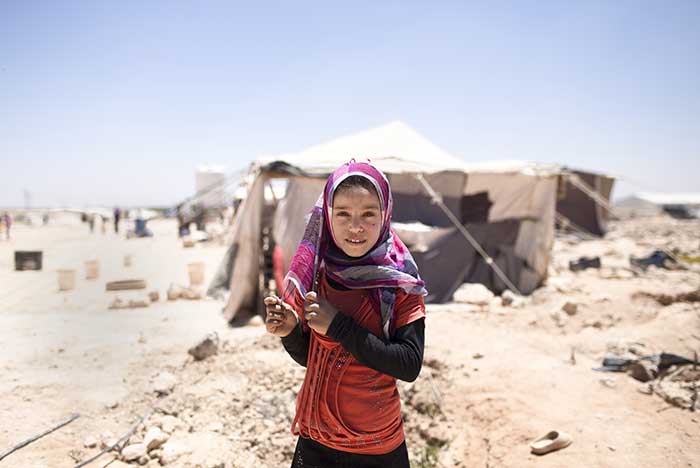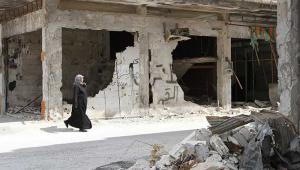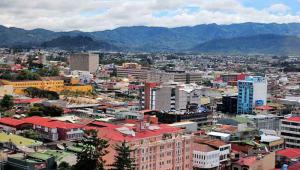web_syrianrefugeejordan_shutterstock_370632818.jpg

A Syrian girl in a refugee camp in Jordan
In a report looking at the impact of the country’s brutal five-year conflict, the fund said that its economy had fallen decades behind its pre-war levels and rebuilding Syria’s social and human capital will be the most painstaking job of all.
“Syria’s GDP today is less than half of what it was before the war started and it could take two decades or more for Syria to return to its pre-conflict GDP levels,” the paper published yesterday stated.
Before Syria was plunged into a crippling civil war in 2011 after president Bashar al-Assad refused to be ousted by widespread protests as part of the Arab Spring, the fund said the country’s economy was stable, albeit limited by a weak business environment and rising poverty and unemployment.
Five years on and the country’s economy has been “devastated”, the IMF said, contracting by 57% in real terms since 2010 and with major sectors, such as agriculture and oil, and their necessary infrastructure destroyed.
While the fund noted figures are subject to an “extraordinary degree of uncertainty”, it estimates the fiscal deficit has more than doubled, to 20% of GDP. At the same time, government revenues have collapsed while spending has risen as more funds are used on public sector wages, the military and imports of essential commodities.
Public debt is large, with the IMF estimating that it stands at more than 100% of GDP at the end of 2015 compared to 31% at the end of 2009. External debt has also risen from 9% to 60% of GDP over the same period.
The fund said given the “unprecedented scale of devastation” in Syria it is hard to compare the country with other cases of post-conflict recovery, but it is likely to take at least 20 years for the Syria to return to its pre-war GDP level.
Repairing damaged infrastructure will be a “monumental task”, it continued, with costs ranging from $100-$200bn – three times the country’s 2010 GDP.
The IMF noted that if the conflict escalates further, as it did in the second half of 2015, reconstruction costs could be much higher.
Rebuilding Syria’s human and social capital however “will be an even greater and lasting challenge”, the fund said.
The war has triggered huge rises in mass poverty, destroyed health and education services and sent many fleeing from their homes, either within the country or abroad.
Syria’s population has shrunk by 20-30%, with 50% of the country internally displaced and many of its high-skilled workers and entrepreneurs now living abroad. In addition, many of Syria’s children have been born into conflict and lost out on an education, which UNICEF estimates will cost the country $10.5bn in human capital.
“The conflict has exacerbated existing, and created new, divisions and tensions... that will need to be addressed,” the fund said.
It recommended a number of economic reforms for a post-war Syria, including programmes focused on stabilising the economy and protecting the poorest. Rebuilding institutions and improving governance will be “key”, it said, as will addressing regional disparities in income and inclusion and addressing water supply shortages.













